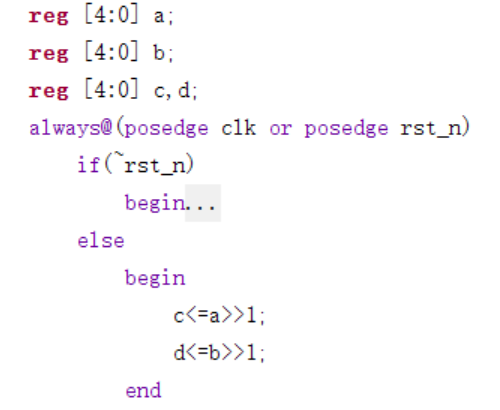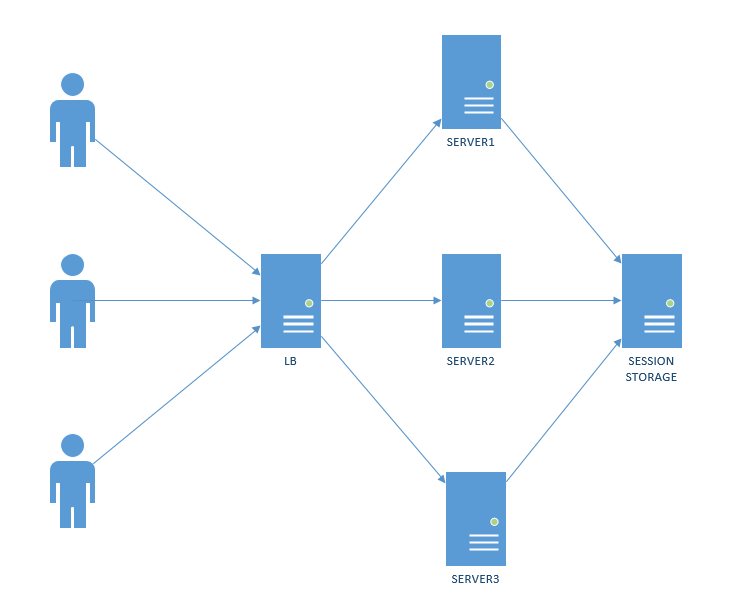Python 字典 — dict
字典的定义
dict(字典) 是 除列表以外Python之中 最灵活 的数据类型字典同样可以用来 存储多个数据
- 通常用于存储 描述一个
物体的相关信息
- 通常用于存储 描述一个
和列表的区别
- 列表 是 有序 的对象集合
- 字典 是 无序 的对象集合
- 字典用
{}定义 或者dict() 字典使用 键值对 存储数据,键值对之间使用
,分隔- 键
key是索引 - 值
value是数据 - 键 和 值 之间使用
:分隔 - 键必须是唯一的
- 值 可以取任何数据类型,但 键 只能使用 字符串、数字或 元组
- 键
xiaoming = {"name": "小明","age": 18,"gender": True,"height": 1.75}

字典常用操作
- 在
IPython中定义一个 字典,例如:goods_dict= {} - 输入
goods_dict.按下TAB键,IPython会提示 字典 能够使用的方法如下:

各方法的用处,在上图中已说明了,这里选几个常用方法/操作测验一下。
字典定义
In [81]: # 空字典定义In [82]: goods_dict = { }In [83]: goods_dict2 = dict()In [84]: type(goods_dict)Out[84]: dictIn [85]: type(goods_dict2)Out[85]: dictIn [86]: # 带有数据的字典定义^In [88]: goods_dict ={ 'name': '掘金T恤', 'price': 59}In [89]: goods_dict2 = dict(name='掘金T恤', price=59)In [90]: type(goods_dict), type(goods_dict2)Out[90]: (dict, dict)In [91]: goods_dictOut[91]: { 'name': '掘金T恤', 'price': 59}In [92]: goods_dict2Out[92]: { 'name': '掘金T恤', 'price': 59}
字典添加数据
In [94]: goods_dictOut[94]: { 'name': '掘金T恤', 'price': 59}In [95]: # 添加数据In [96]: goods_dict['size'] = 'L'In [97]: goods_dictOut[97]: { 'name': '掘金T恤', 'price': 59, 'size': 'L'}
字典删除数据
In [102]: goods_dictOut[102]: { 'name': '掘金T恤', 'price': 59, 'size': 'L'}In [103]: # 删除指定键数据In [104]: del goods_dict['size']In [105]: goods_dictOut[105]: { 'name': '掘金T恤', 'price': 59}In [106]: goods_dict.pop('price')Out[106]: 59In [107]: goods_dictOut[107]: { 'name': '掘金T恤'}In [108]: goods_dict.popitem()Out[108]: ('name', '掘金T恤')In [109]: goods_dictOut[109]: { }
del goods_dict[key]、goods_dict.pop(key) 都是指定键key,删除字典内的键值对。
del没有返回值,pop()返回当前删除键的值
goods_dict.popitem() 则是随机删除字典内一个键值对,并返回删除的键值对。
In [111]: goods_dictOut[111]: { 'name': '掘金T恤', 'price': 59}In [112]: # 清空字典数据In [113]: goods_dict.clear()In [114]: goods_dictOut[114]: { }
字典更新数据
In [116]: goods_dictOut[116]: { 'name': '掘金T恤', 'price': 59}In [117]: # 更新字典数据In [118]: goods_dict['name'] = '掘金徽章'In [121]: goods_dictOut[121]: { 'name': '掘金徽章', 'price': 59}In [122]: goods_dict.setdefault('price', 18)Out[122]: 59In [123]: goods_dictOut[123]: { 'name': '掘金徽章', 'price': 59}In [124]: goods_dict.setdefault('size', 'M')Out[124]: 'M'In [125]: goods_dictOut[125]: { 'name': '掘金徽章', 'price': 59, 'size': 'M'}
可以发现字典中的 setdefault() 方法,当字典中已存在相对应的键时不会更新其键的值,只能用于增加键值对,而 字典[key] ,如果 key 存在则更新,不存在则新增。
In [127]: goods_dictOut[127]: { 'name': '掘金徽章', 'price': 59, 'size': 'M'}In [128]: # 整体更新In [130]: new_info = { 'price': 18, 'size': '5cm'}In [131]: goods_dict.update(new_info)In [132]: goods_dictOut[132]: { 'name': '掘金徽章', 'price': 18, 'size': '5cm'}In [133]: new_info = { 'name': '掘金小册xx', 'author': 'hui', 'price': 19.9}In [134]: goods_dict.update(new_info)In [135]: goods_dictOut[135]: { 'name': '掘金小册xx', 'price': 19.9, 'size': '5cm', 'author': 'hui'}
字典中的 update(新字典) 方法则是将新字典中合并到原字典中。有相同的键则更新,没有的键则新增。
字典获取指定键的值
In [137]: goods_dictOut[137]: { 'name': '掘金小册xx', 'price': 19.9, 'size': '5cm', 'author': 'hui'}In [138]: # 获取指定键的值In [139]: goods_dict['name']Out[139]: '掘金小册xx'In [140]: goods_dict['author']Out[140]: 'hui'In [141]: goods_dict.get('price')Out[141]: 19.9In [142]: goods_dict['id']---------------------------------------------------------------------------KeyError Traceback (most recent call last)<ipython-input-142-b8a93fe9ad6b> in <module>----> 1 goods_dict['id']KeyError: 'id'In [145]: ret = goods_dict.get('id')In [147]: print(ret)NoneIn [148]: count = goods_dict.get('count', 0)In [149]: countOut[149]: 0
使用 字典[key] 当字典中的 key 不存在时会报错,字典.get(key) ,当键不存在时则默认返回 None,可以更改默认返回值,如 goods_dict.get('count', 0) ,获取商品数量当键不存在时默认为0.
其他
In [154]: goods_dictOut[154]: { 'name': '掘金小册xx', 'price': 19.9, 'author': 'hui'}In [155]: # 字典中键值对的数量In [156]: len(goods_dict)Out[156]: 3In [157]: # 获取字典中的所有的 keyIn [158]: goods_dict.keys()Out[158]: dict_keys(['name', 'price', 'author'])In [161]: # 获取字典中的所有的 valueIn [162]: goods_dict.values()Out[162]: dict_values(['掘金小册xx', 19.9, 'hui'])In [163]: # 字典中所有的键值对(元组列表)In [164]: goods_dict.items()Out[164]: dict_items([('name', '掘金小册xx'), ('price', 19.9), ('author', 'hui')])
字典循环遍历
遍历 就是 依次 从 字典 中获取所有键值对
In [167]: for key in goods_dict:
...: print('key', key)...: print('value', goods_dict[key])...: print()...:...:
key name
value 掘金小册xxkey price
value 19.9key author
value hui
for ... in ... 默认取字典中的 keys() 所有的键 ,然后再通过键获取值。
然而我们可以通过字典中的 items() 来一次遍历键和值
In [168]: for key, value in goods_dict.items():...: print(key, value)...: print()...:...:name 掘金小册xxprice 19.9author hui
应用场景
- 尽管可以使用
for in遍历 字典 但是在开发中,更多的应用场景是:
- 使用 多个键值对,存储 描述一个
物体的相关信息 —— 描述更复杂的数据信息 - 将 多个字典 放在 一个列表 中,再进行遍历,在循环体内部针对每一个字典进行 相同的处理
info_list = [
{"name": "hui","qq": "222815","phone": "10010"},{"name": "zack","qq": "54321","phone": "10086"},{"name": "wang","qq": "12345","phone": "10000"}
]
- 使用 多个键值对,存储 描述一个
尾语
✍ 用 Code 谱写世界,让生活更有趣。❤️
✍ 万水千山总是情,点赞再走行不行。❤️
✍ 码字不易,还望各位大侠多多支持。❤️




































还没有评论,来说两句吧...